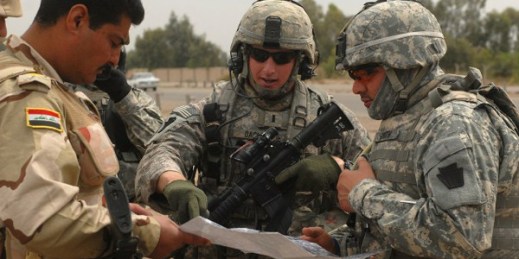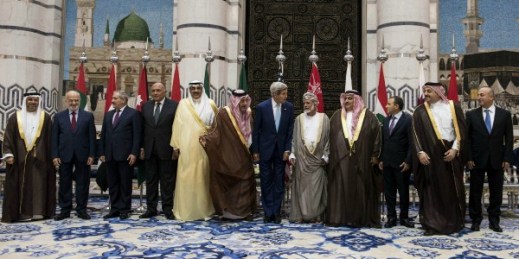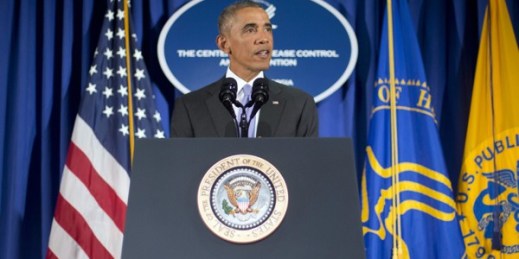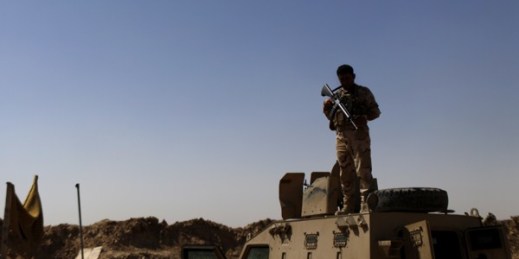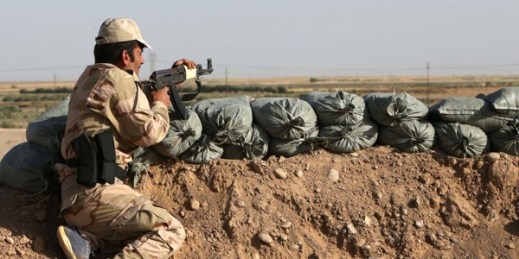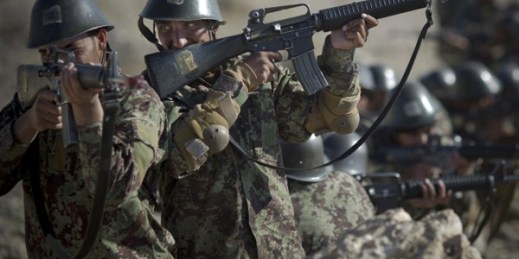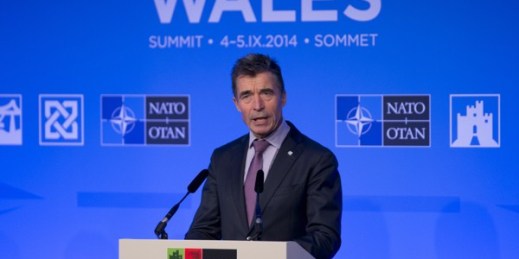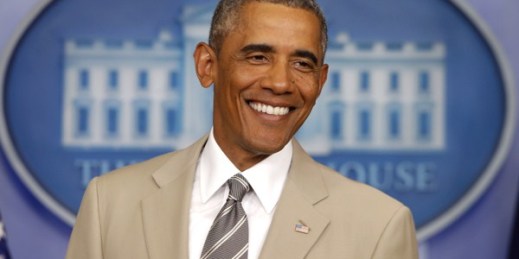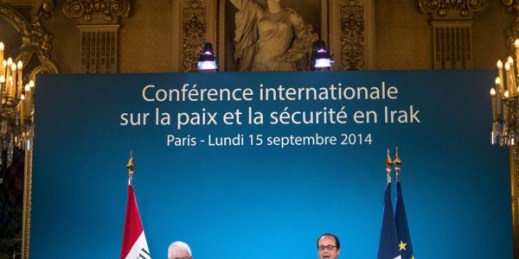
France has suddenly and shockingly found itself in the middle of the Iraq maelstrom that it had managed up until now to avoid. With its armed forces engaged in the U.S.-led air campaign against the Islamic State group and a French citizen killed by the group’s sympathizers in retaliation, Paris’ policy in Iraq and the region beyond is being put to the test. In a recent statement, as succinct as it was scathing, Abu Muhammad al-Adnani, the spokesman for the Islamic State group (also known as ISIS), called on the group’s recruits and supporters to target France and its citizens […]

